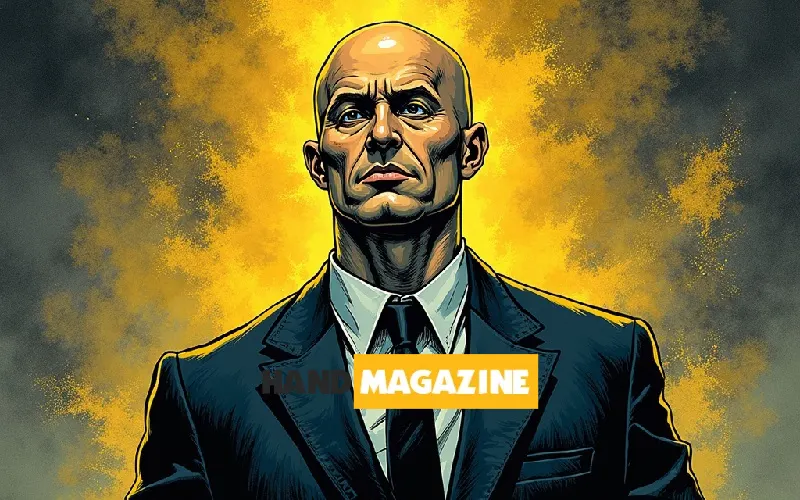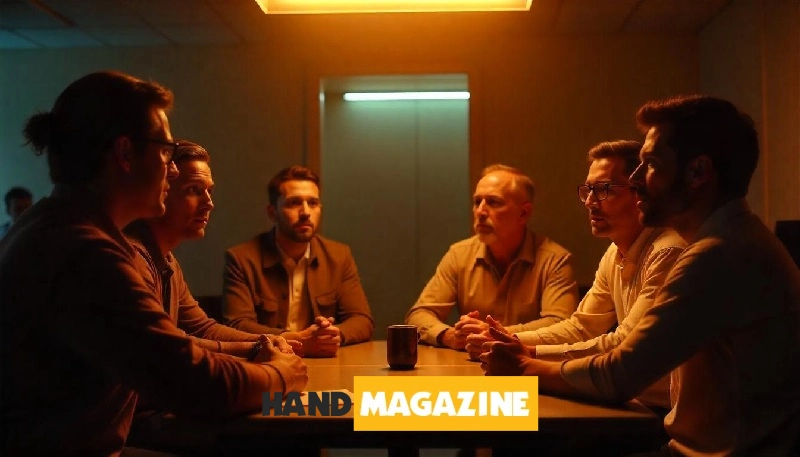Physical Address
304 North Cardinal St.
Dorchester Center, MA 02124
Physical Address
304 North Cardinal St.
Dorchester Center, MA 02124

The “Watchmen” universe, a complex tapestry of superheroes, moral dilemmas, and alternate history, has captivated audiences since its comic book debut in 1986. At the heart of HBO’s 2019 adaptation lies a mind-bending twist involving a character named Calvin Abar. This article delves into Calvin’s true identity, its impact on the story, and the broader concept of “watchmen on the wall” within the series.
When we first meet Calvin Abar, he appears like an normal man. He’s the supportive husband of Angela Abar, the series’ protagonist and a masked police detective. Calvin, or “Cal” as he’s often called, appears to be a loving father and a voice of reason in Angela’s chaotic world.
But in “Watchmen,” appearances can be deceiving. Cal’s calm demeanor and philosophical outlook on life hint at something more beneath the surface. He often speaks about death and existence in ways that seem oddly detached, as if he’s observing humanity from a distance.

In a shocking twist, we learn that Calvin is actually Dr. Manhattan in disguise. Dr. Manhattan, for those unfamiliar with the “Watchmen” lore, is a godlike being with incredible powers, including the ability to perceive all of time simultaneously.
This revelation turns the entire series on its head. Dr. Manhattan, who was thought to be living on Mars, has instead been hiding in plain sight as Angela’s husband. He’s taken on a human form and suppressed his own memories and powers to experience a normal life.
The transformation from Dr. Manhattan to Calvin wasn’t just a simple disguise. It involved complex technology and a willing sacrifice of his godlike point of view. A device created by Adrian Veidt, another key figure in the “Watchmen” universe, was used to inhibit Dr. Manhattan’s powers and memories.
Calvin’s true identity as Dr. Manhattan is a game-changer for the series’ plot. It explains why certain groups, like the white supremacist Seventh Kavalry, are so interested in Tulsa, Oklahoma. They’re not just after racial dominance; they’re trying to capture and harness the powers of a god.
This twist also adds layers to Angela’s character. She’s not just a masked carefule; she’s the wife of the most powerful being in the universe. Their love story, told in a non-linear fashion mirroring Dr. Manhattan’s perception of time, becomes a central part of the narrative.
Moreover, Calvin’s identity raises questions about free will and determinism. Dr. Manhattan can see all of time at once, yet he chose to limit himself to a human experience. This decision speaks to themes of humanity, love, and the value of mortal existence that run throughout the series.
The phrase “watchmen on the wall” doesn’t directly appear in the HBO series, but it’s a concept that resonates strongly with the themes of “Watchmen.” In biblical terms, watchmen were guards posted on city walls to warn of approaching danger. They had a important role in protecting the community.
In the context of “Watchmen,” this concept takes on multiple meanings. The masked carefules and police officers can be seen as modern-day watchmen, trying to protect society from different threats. They stand guard against crime, corruption, and in the case of the series, racial violence and the abuse of power.
But the idea goes deeper. The original “Watchmen” comic posed the question: “Who watches the watchmen?” This query challenges us to think about who holds those in power accountable. In a world where superheroes (or masked police) operate above the law, who ensures they don’t abuse their authority?

The series explores the moral ambiguity of being a “watchman.” Characters like Angela Abar and her grandfather, Will Reeves, take on the role of protectors. But their methods are often violent and extrajudicial. They operate in a grey area, much like the original Watchmen in the comic.
Calvin’s role as Dr. Manhattan adds another layer to this concept. He’s the ultimate watchman, a being with the power to reshape reality. Yet he chooses to step back, to become human. This decision raises questions about the responsibility that comes with great power.
The revelation of Calvin as Dr. Manhattan is more than just a plot twist. It’s a narrative device that allows “Watchmen” to explore deep themes of identity, power, and moral responsibility. It challenges our perceptions of heroism and questions the very notion of “watching over” society.
The concept of “watchmen on the wall” serves as a thematic thread throughout the series. It reminds us that power, even when used with good intentions, must be scrutinized. In the end, “Watchmen” asks us to consider our own roles as citizens. Are we merely observers, or do we have a responsibility to be watchmen ourselves, guarding against injustice and abuse of power?
As we ponder these questions, Calvin’s journey from godhood to humanity and back again serves as a powerful metaphor. It suggests that true heroism might not lie in superhuman abilities, but in the very human capacity for love, sacrifice, and the courage to face an uncertain future.